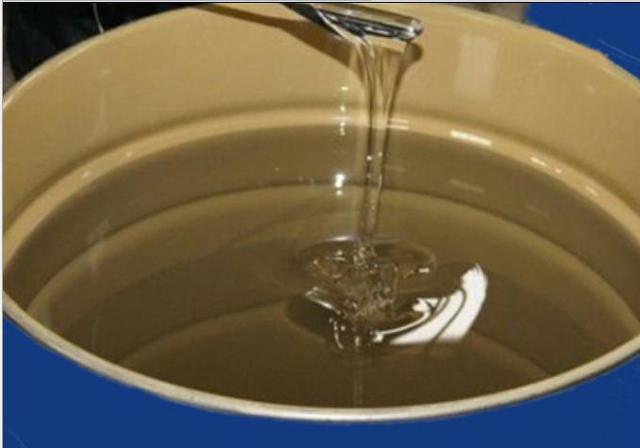Defoamer,also known as antifoam, are chemical substances that suppress or eliminate foam.In many industrial processes and daily life,foam generation can cause inconvenience or problems, making defoamer essential in these areas. This article will introduce several common types of defoamer chemical components.

1. Silicone Defoamer
Silicone defoamer are the most common and widely used type. Their main components include polysiloxane (silicone oil) and silicone resin. These defoamers typically have good heat resistance and chemical stability, allowing them to work under high temperatures and extreme pH conditions.
-
Polysiloxane (PDMS): Chemical formula (R2SiO)n, where R represents organic groups such as methyl (CH3) or ethyl (C2H5).
-
Silicone Resin: A mixture of siloxane polymers and silicone resins, providing higher mechanical strength and chemical stability.
2. Mineral Oil-Based Defoamer
Mineral oil-based defoamer are based on mineral oil, often combined with hydrophobic solid particles (such as paraffin wax and stearates) to enhance their defoaming effect. These defoamers are cost-effective and suitable for applications where high purity is not critical.
-
Mineral Oil: Primarily composed of hydrocarbons, usually derived from petroleum refining.
-
Hydrophobic Solid Particles: Such as paraffin wax (chemical formula CnH2n+2) and stearates (chemical formula C17H35COO^-M^+).
3. Polyether Defoamer
Polyether defoamer have polyether as their main component, offering excellent dispersibility and compatibility, making them suitable for both aqueous and organic systems. These defoamers are commonly used in food processing, papermaking, and textiles.
-
Polyether: Such as polyethylene glycol (PEG, chemical formula H(OCH2CH2)nOH) and polypropylene glycol (PPG, chemical formula HO(C3H6O)nH).
4. Hydrocarbon-Based Defoamer
Hydrocarbon-based defoamer consist mainly of high-carbon hydrocarbon compounds, offering good hydrophobicity and stability. They are often used in the petroleum and chemical industries.
-
High-Carbon Hydrocarbon Compounds: Such as isopropylbenzene (chemical formula C6H5CH(CH3)2) and other long-chain alkanes.
5. Other Types
In addition to the main types mentioned above, there are some defoamers designed for specific uses, such as:
-
Fatty Alcohol Defoamer: Primarily composed of fatty alcohols, suitable for industries with high safety requirements like food and beverages.
-
Ester-Based Defoamer: Made from the reaction of fatty acids and alcohols, these compounds are biodegradable and environmentally friendly.
Defoamer come in various types, each with unique chemical components to meet the needs of different industrial and everyday applications. From the heat resistance and chemical stability of silicone defoamer to the excellent compatibility of polyether defoamer, each type has its distinct advantages. As technology advances, the variety and performance of defoamers will continue to improve, providing more efficient and environmentally friendly solutions for various industries.
 中文
中文
 EN
EN

